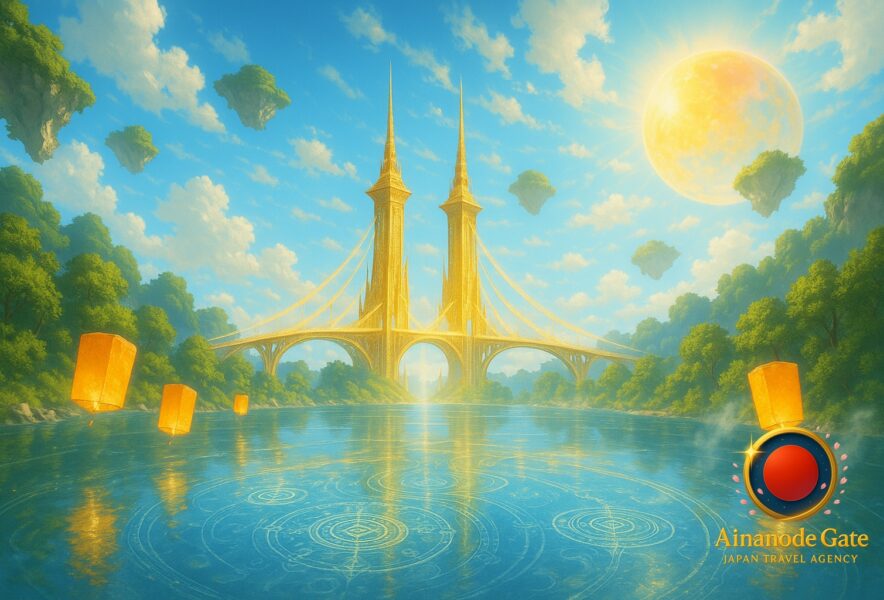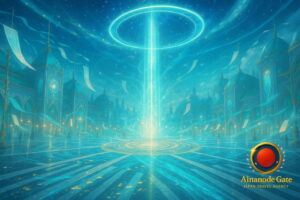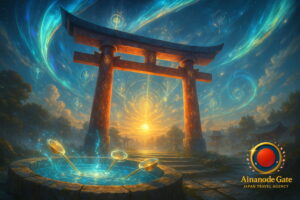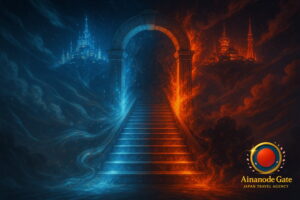A Tale of Two Cities: Tokyo and Osaka in 2025
When travelers dream of Japan, two names consistently rise to the top: Tokyo and Osaka. These cities, often compared like siblings, embody the nation’s dual personality—Tokyo as the futuristic, neon-lit capital, and Osaka as the bold, food-loving commercial hub. In 2025, both cities are not only welcoming record numbers of international visitors but also redefining how Japan positions itself in global tourism.
Tokyo’s urban pulse is hard to match. With more than 14 million residents in the city proper and over 37 million in the metropolitan region, it is one of the world’s largest megacities. In contrast, Osaka’s charm lies in its compact yet vibrant energy, with 2.7 million residents in the city and an identity built around street food, comedy, and merchant culture. Both are expanding their tourism infrastructure in preparation for the Osaka-Kansai Expo 2025 and post-pandemic demand.


The Culinary Capitals of Japan
It’s impossible to discuss Osaka without mentioning food. Known as the “nation’s kitchen,” Osaka popularized dishes like takoyaki (octopus balls) and okonomiyaki (savory pancakes). In 2025, street stalls continue to dominate Dotonbori, while upscale restaurants reinterpret local comfort food for international palettes.
Tokyo, on the other hand, commands global respect as the city with the highest number of Michelin-starred restaurants—over 200 establishments as of the latest count. From high-end sushi counters to artisanal ramen shops, the capital thrives on variety and innovation.
📌 In Osaka, try late-night kushikatsu (deep-fried skewers) in Shinsekai.
📌 In Tokyo, reserve sushi counters months in advance.
📌 Street food etiquette: finish your snack before walking.


Urban Rhythms: Culture, Transit, and Everyday Life
Tokyo’s vast transit network is a marvel of efficiency. With more than 13 billion annual passengers across rail and subway lines, it is the busiest in the world. Osaka’s system is smaller but known for its accessibility and friendliness. In both cities, punctuality rules, and even a one-minute train delay makes headlines.
Culturally, Tokyo leans toward cosmopolitan sophistication. The district of Shibuya pulses with fashion-forward youth, while Ginza glitters with luxury shopping. Osaka, however, thrives on comedy traditions like manzai, where quick-witted duos trade jokes—a cultural style that shapes how locals interact daily.
- Tokyo locals often gather at Shinjuku’s station south exit for meetups.
- In Osaka, Namba’s giant crab sign is a common rendezvous point.
- In both cities, escalator etiquette differs—stand left in Tokyo, right in Osaka.


This is a fragment told beyond the Ainanode Gate.
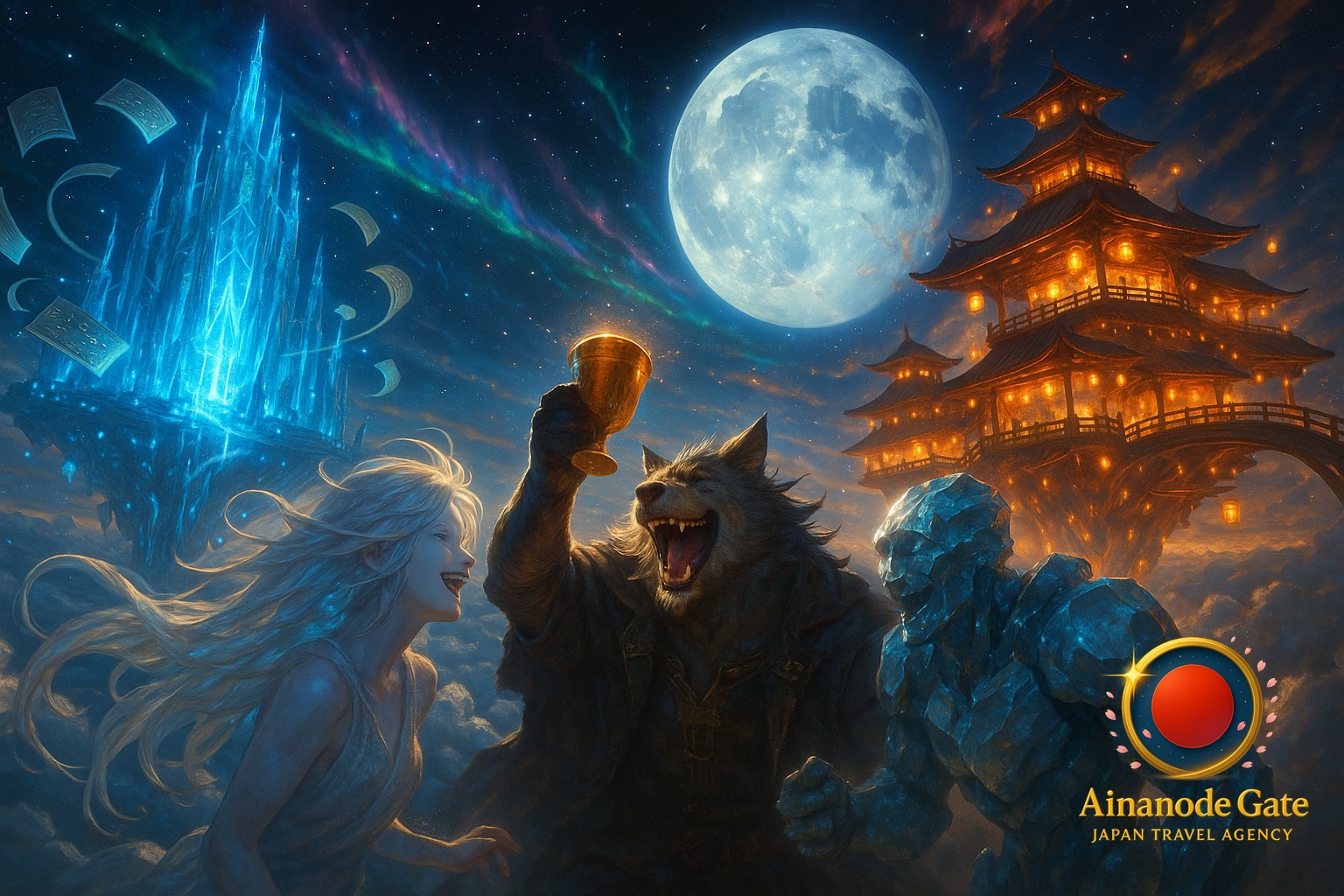
The astral map unfurls, revealing two colossal cities suspended above the sea of clouds. One gleams with crystalline spires of precision and innovation, a metropolis known as the **Library of Eternal Currents**. The other blazes with lantern-lit bridges, alive with songs and scents, called the **Theater of Golden Flames**. Their energies, though contrasting, converge like twin stars guiding travelers across cosmic pathways.
The Library of Eternal Currents hums with vibrating glyphs along its towers, scrolls of knowledge spinning in endless rotation. Within, a hall named the **Chronicle Nexus** echoes with whispers of scholars who harness both silence and speed. Here, travelers taste thoughts distilled into crystalline drops—cold, sharp, and awakening.
Meanwhile, in the Theater of Golden Flames, laughter rises like fireworks. Wooden stalls float upon rivers of molten gold, serving platters of sizzling orbs infused with sparks of octopus essence, and cakes swirling with savory winds. The scent alone intoxicates, pulling wanderers into communal joy.
A wolf-headed merchant slams his cup upon a floating counter. “Bwah-ha-ha! This feast burns brighter than the stars!” A sylph of silver air teases, “And yet your beard holds more sauce than wisdom.” A crystalline golem rumbles with mirth, “Let the beard shine—it carries the flavor of the night.” Their camaraderie fills the cosmos, echoing across both cities.
Thus, the twin realms remain not as opposites, but as reflections bound together—two mirrors facing eternity. Here, every traveler understands: this is not merely a crossing of lands, but a step into destiny, where laughter and wisdom entwine in one eternal journey.
Summary
Tokyo and Osaka in 2025 embody the dual essence of Japan: one a sprawling beacon of innovation and refinement, the other a stage for communal joy and culinary warmth. Together, they attract millions not only through sights and tastes but through rhythms of daily life that fascinate travelers. By experiencing both, visitors uncover the soul of Japan’s urban identity—where contrasts do not divide but harmonize.

